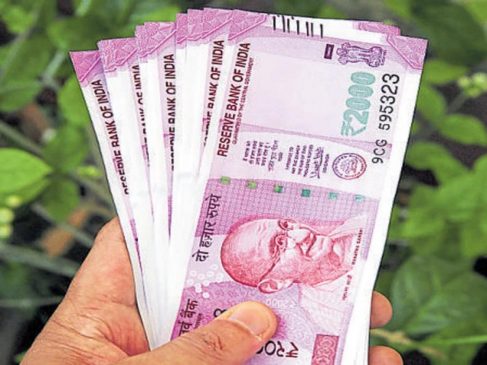HRA is admissible with reference to the ‘place of duty’ of the government servant, irrespective of whether the government servant is residing at that place or any other place.
The Department of Expenditure, under the finance ministry, has updated the house rent allowance (HRA) rules for central government employees under the 7th Pay Commission and said they will not be entitled to HRA in certain cases.
Also Read – Tech Layoffs: Software company Pegasystems to lay off 4% of workforce
According to HRA rules, house rent allowance is admissible with reference to the ‘place of duty’ of the government servant, irrespective of whether the government servant is residing at that place or any other place.
Cases Where A Govt Employee Will Not Be Eligible For HRA:
(i) He/ she shares government accommodation allotted to another government servant; or
(ii) He/she resides in accommodation allotted to his/her parents/ son/ daughter by the central government, state government, an autonomous public undertaking or semi-government organisation such as a municipality, port trust, nationalised banks, Life Insurance Corporation of India, etc; or
(iii) His/ her spouse has been allotted accommodation at the same station by the central government/ state government/ autonomous public undertaking/ semi-government organisation such as municipality, port trust, etc., whether he/she resides in that accommodation or he/she resides separately in accommodation rented by him/her.
However, according to the rules, “Government servants other than a government servant who is living in a house owned by him shall be eligible for HRA even if they share government accommodation allotted to other government servants…subject to the condition that they pay rent or contribute towards rent or house or property tax but without reference to the amount actually paid or contributed.”
Also Read – Online SBI: What are the good practices for creating a password? State Bank suggests this
HRA Categories
House rent allowance is for salaried individuals who live in rented houses, and is for expenses related to accommodation. It is divided in three categories — X, Y and Z.
(i) ‘X’ is for areas with a population of 50 lakh and more. As recommended by the 7th Central Pay Commission (CPC), HRA is given at 24 per cent.
(ii) ‘Y’ is for regions with population between 5 lakh and 50 lakh. It is given at 16 per cent.
(iii) ‘Z’ is given where the population is below 5 lakh. It is given at 8 per cent.
According to the Department of Expenditure’s memorandum, “the rates of HRA will be revised to 27 per cent, 18 per cent, 9 per cent for X, Y & Z class cities, respectively, when dearness allowance (DA) crosses 25 per cent and further revised to 30 per cent, 20 per cent and 10 per cent when DA crosses 50 per cent.
Also Read – Annapurna Finance goes the Bandhan Bank way
Meanwhile, lakhs of central government employees under the 7th Pay Commission are waiting for their 18-month dearness allowance or DA arrears. The finance ministry recently issued a statement and said it was done to ease pressure on government finances amid the COVID-19 pandemic. Various media reports have said the Centre is likely to address the issue of 18-month DA arrears soon.





































